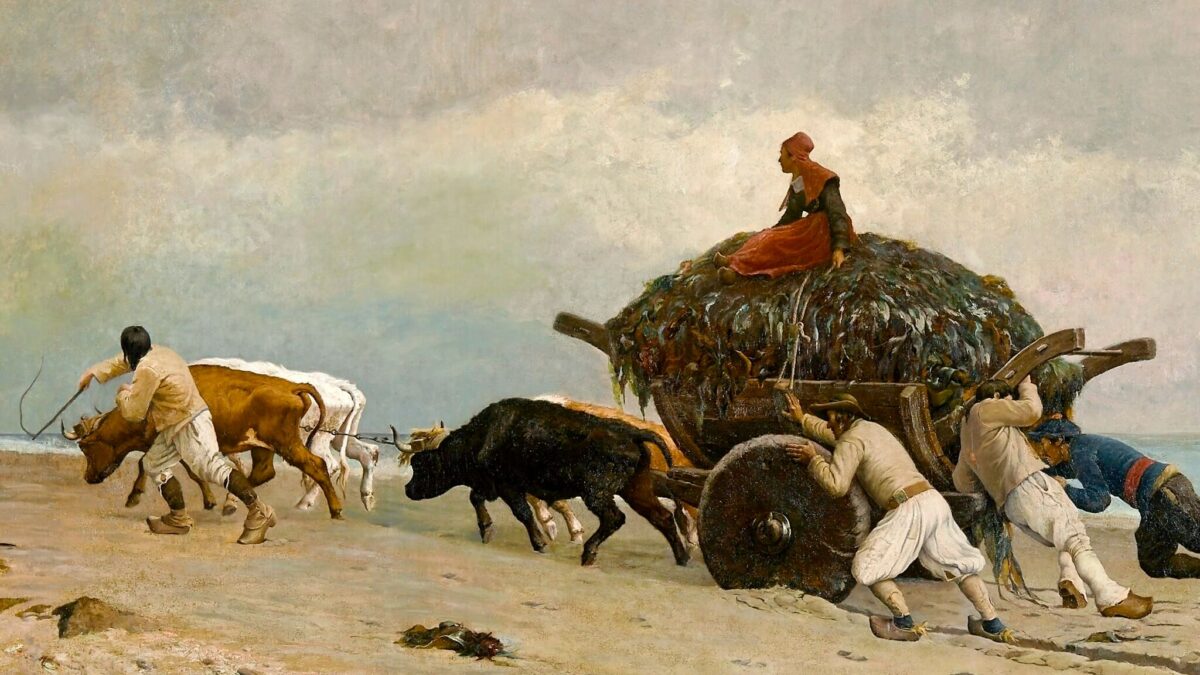The New Bedford Whaling Museum has launched an exploration into the deep cultural and economic roots of seaweed. “A Singularly Marine & Fabulous Produce: The Cultures of Seaweed” dives into the world of algae, delving into the intricate ties between humans and the marine organism.
Anchoring the exhibition is the monumental painting “Seaweed Gatherers” by US artist Clement Nye Swift. It sets the tone for an examination of seaweed’s utilization across Northwestern France, Southern England, and Southeastern Massachusetts. These coastal regions have long found an important economic ally in seaweed, a partnership that persists today.
The chief curator at the museum, Naomi Slipp, together with Maura Coughlin of Northeastern University, expertly guide visitors through a history of human fascination with seaweed. From the 1800s to the present, the exhibit illustrates shifting aesthetics, evolving methods of representation, and an enduring interest in the “singularly marine and fabulous produce,” echoing the words of Henry David Thoreau.
Drawing from an array of French, US, and English examples, the exhibition showcases a medley of media. Significant American artists like John Singer Sargent and Andrew Wyeth share space with decorative arts from names like Pairpoint, Tiffany, and Wedgewood. The exhibition applauds seaweed as both an aesthetically appealing and industrially practical resource.
The collection has been enriched by contributions from over thirty public institutions and private collections, including the Boston Athenaeum, Brooklyn Museum, Cooper Hewitt, Smithsonian Design Museum, Metropolitan Museum of Art, and many others.
Alongside the exhibition, a 222-page catalog serves as a comprehensive companion, featuring over 100 color plates and insightful essays from 12 interdisciplinary scholars. These thought pieces navigate the fields of natural history, contemporary and decorative arts, film, and photography, and delve into the potential of seaweed as a sustainable food source.
Slipp emphasizes that the exhibition and its accompanying catalog aim to draw parallels between seaweed’s cultural histories and today’s pressing environmental issues. Topics such as climate change, aquaculture, and sustainability, where seaweed is playing a leading role, find their space in this intricate exploration.
Other substantial support comes from the William M. Wood Foundation, the Wyeth Foundation for American Art, and multiple individual contributors and organizations dedicated to marine sustainability.
Ultimately, “The Cultures of Seaweed” exhibition is not just a tribute to a versatile marine organism, but a celebration of human ingenuity and adaptability. It’s an exploration of the intersection of art, sustainability, and marine ecology, beckoning viewers to appreciate the silent hero of our shorelines – the seaweed.

